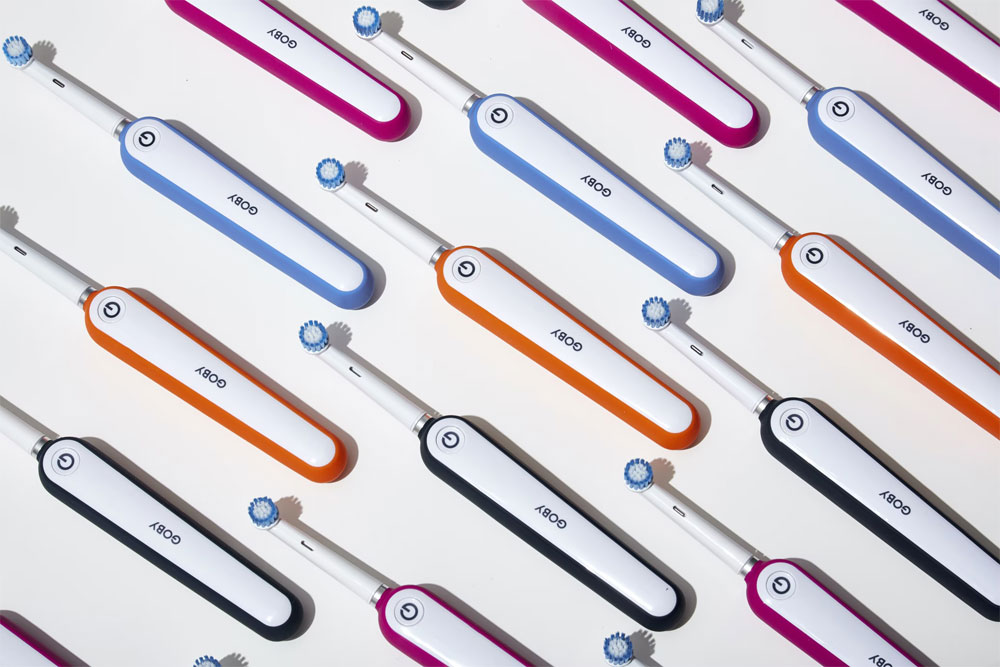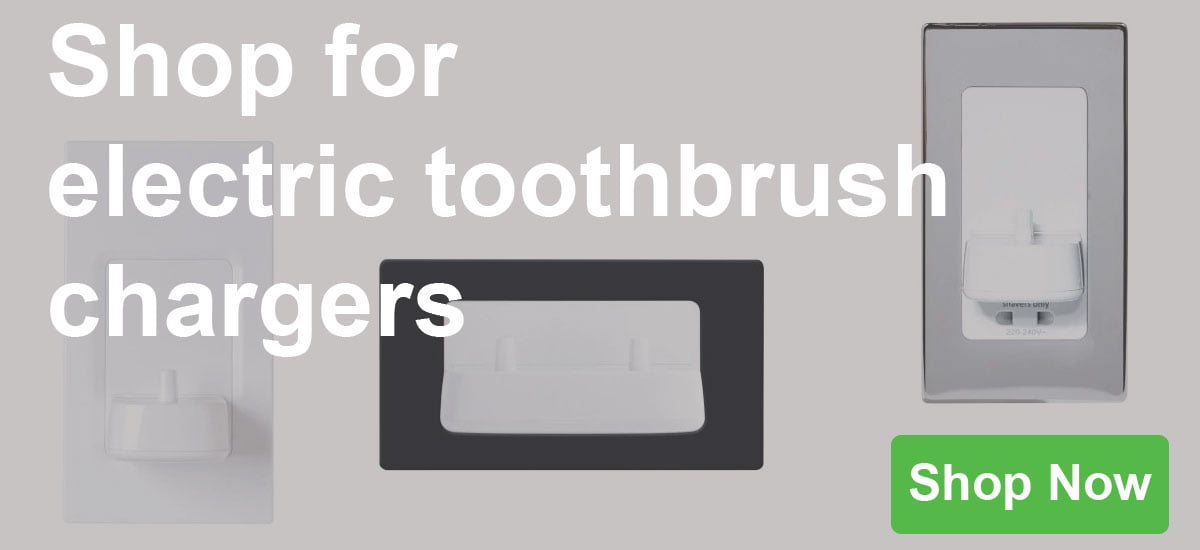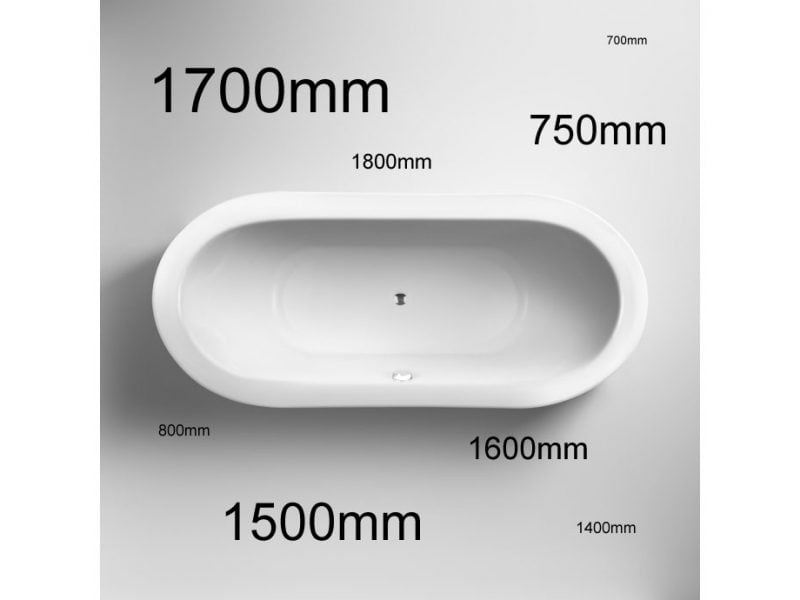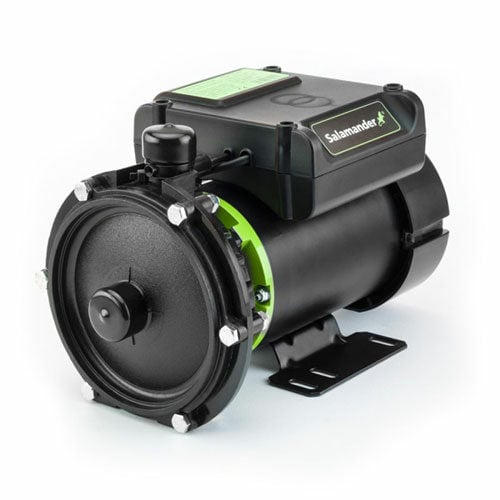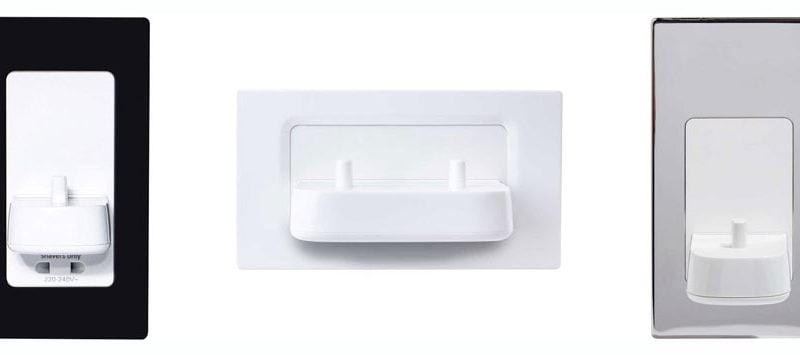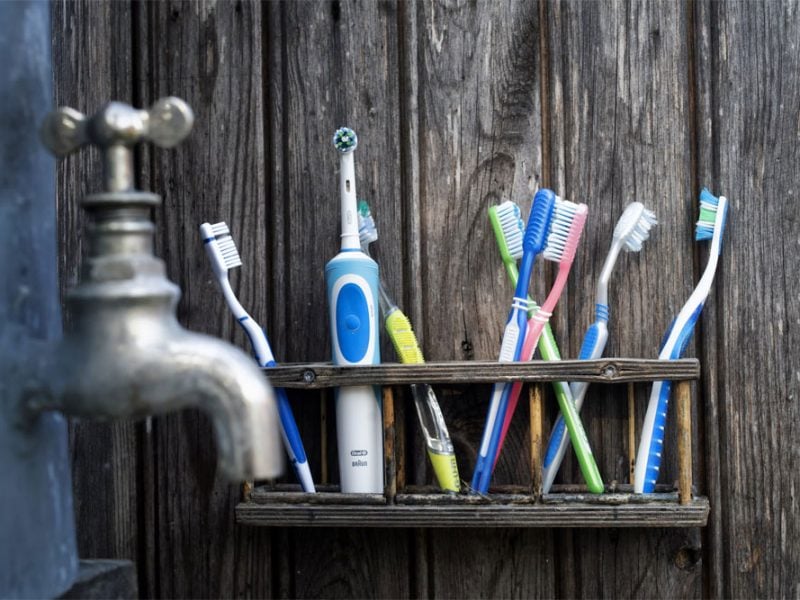How do Electric Toothbrushes Work?
We use our teeth and mouth every single day, more than we even realise. Making sure that we brush our teeth correctly twice a day, every day is crucial to maintaining good oral health and overall hygiene.
However, knowing whether to go for an electric toothbrush or a manual toothbrush can be tricky. Some people have misconceptions about electric toothbrushes, usually because of a lack of knowledge about how they work. Electric brushes are vital to eliminating oral plaque, which can cause mouth diseases and decay if not dealt with, and are much easier to use than a manual alternative.
To dispel and myths help you to get the most out of your teeth brushing time, we’ve put together this definitive guide to how electric toothbrushes work, from details about their inner components to an explanation of how they clean your mouth. Remember, the cleaner your teeth are, the less you have to worry about painful trips to the dentist, and the longer you can rely on them!
Parts of an electric toothbrush
Outer case
The outer case of an electric toothbrush is what holds all of the components together. This is where the controls will be, such as an on/off button and a battery life indicator. The casing works to protect the inner workings of the brush, such as the battery and circuit board, as these need to stay as far away from water as possible.
Motor
The motor of an electric toothbrush is activated when the power is turned on. The motor will begin to spin as energy is taken through the circuit board and to it, and from this will produce a brushing motion to the brush head.
The cam and gear system connected to the motor can create both back and forth and side to side motions, replicating the effect you would get from using a manual toothbrush. If your electric toothbrush has multiple modes, the setting you select will be able to dictate the movement of the motor.
Battery
What makes electric toothbrushes work is their power source, which typically comes from an in-built rechargeable battery. Power drawn from the battery is what makes the electric motor inside the brush spin, which in turn is what cleans your teeth.
Battery power will vary depending on the brush and will run out faster depending on which cleaning mode you choose to use. Most electric toothbrushes use rechargeable batteries, which can be replenished by an inductive charger. However, some use replaceable batteries, in which case you simply dispose of the old ones and insert new ones when the battery runs out.
Circuit Board
When you turn your electric toothbrush on or pick a particular setting, you trigger a switch on the circuit board. These switches are what tell the motor how to move, and is all made possible by tiny memory chips on the inside circuit.
Circuit boards are also used to indicate battery life or cleaning mode, as LED lights attached to the board activate when necessary. It is important to note that not all brushes will include features like this, it will vary depending on the model and make of your electric toothbrush.
Pressure sensor
Some brushes feature pressure sensors, which help to keep your oral health in check. When cleaning your teeth, feedback is passed through the brush.
The pressure sensor is activated when too much pressure is being applied to the teeth, and will usually show up in the form of an LED light. When pressure is relieved, the light will go out and the sensor switch will turn off.
Removable brush head
Virtually all electric toothbrushes include a removable brush head. This is because, over time, the bristles on the head will become worn down and therefore less effective at keeping your teeth and mouth clean.
Each electric toothbrush brand will have its own brush head design, and keeping on top of replacing these regularly is crucial to maintaining good oral hygiene.
How do electric brushes clean your teeth?
Electric toothbrushes clean your teeth by rotating in different motions and vibrating against the teeth and gums to aid plaque removal and decrease gingivitis. They are regarded by some as superior to manual brushes because of their vibration capabilities, which provide micro-movements when you use the brush.
Electric brushes are much better for people with limited mobility, as they make the process of cleaning your teeth much less labour intensive. Whilst you still need to make brushing motions, the brush head will do the majority of the work for you.
How to use an electric toothbrush effectively
Keep it charged
One of the biggest things to get used to when you make the switch from a manual toothbrush to an electric toothbrush is charging it. Forgetting to keep it charged will leave you with either depleted battery power, which will make the rotations and vibrations very weak or a brush that does not even turn on.
Most electric toothbrushes will warn you that the battery life is low through an LED light that will show up on the plastic casing. When you see this light, immediately plug it in to charge until the next time you need to use it. Otherwise, you run the risk of not being able to clean your teeth effectively.
Brush for 2 minutes
Just because an electric toothbrush is more effective than a manual one, does not mean you can use it for less than 2 minutes. You should always brush your teeth for the recommended amount of time, focusing on your incisors, molars, and canines.
Luckily, most electric toothbrushes make this easy for you by featuring built-in timers that will alert you when 2 minutes are up, as well as give you 30-second reminders.
Regularly replace the electric toothbrush head
The head of an electric toothbrush will need replacing every 3 months minimum. If your brush head begins to look worn down or frayed, then you need to get a new one. Failing to do this will mean that the brush is less effective at removing oral plaque and keeping your teeth clean and mouth fresh.
Remember, you only need to replace the head of the brush! Do not invest in a whole new toothbrush every time the brush head is looking worse-for-wear.
How does an electric toothbrush charger work?
Using an electric toothbrush holder could not be easier. All you have to do is place the brush base onto the charging stand, which is typically plugged into the mains, and leave it to do its thing. The way it charges, however, is a little more complex.
Electric brushes are charged via inductive charging, which means that power is transferred from the mains power to the toothbrush through the charging stand. Over a period of a few hours, this will recharge the battery to its full potential.
Not all chargers work in exactly the same way, but the vast majority utilise some form of inductive charging.
Electric toothbrushes vs manual toothbrushes
Both electric and manual toothbrushes are very successful at cleaning teeth and maintaining excellent oral health. To help you decide which type of brush to go with, we have weighed up the pros and cons of each toothbrush.
Electric toothbrush
Pros:
- A modern electric toothbrush has been shown to be more effective at removing plaque in the long term than a manual toothbrush. In particular, toothbrushes with small brush heads, such as those manufactured by Oral-B, are able to access tricky and awkward areas of your mouth where plaque may be building up.
- As previously mentioned, an electric toothbrush works much better for people who suffer from certain health issues, such as carpal tunnel syndrome and arthritis. This is because you do not need to use your full range of movement as much as you do with a regular manual toothbrush.
- Although an electric toothbrush is more expensive up-front, over time they can save you a lot of money. Manual toothbrushes need replacing approximately every 2-4 months, and the cost of this can mount up. What’s more, disposing of manual brushes often contributes significantly to landfill waste, whereas electric-powered toothbrushes can be kept for life.
Cons:
- Electric toothbrushes need charging at least once a week, which is difficult for some people to keep on top of and track. If you regularly forget to charge your toothbrush, you risk wearing down the brush head bristles or going without tooth brushing. What’s more, it defeats the purpose entirely of investing in an electric brush.
Manual toothbrush
Pros:
- Whilst both electric and manual toothbrushes require financial upkeep, a manual toothbrush usually works out as much cheaper. The brush can be bought for as little as £1, whereas an electric alternative can cost between £30-£200, with replacement brush heads also being expensive. Although well worth the investment, this is not a viable option for everyone, in which case a manual brush can be used instead.
- A manual toothbrush can be just as effective for tooth brushing, it just requires more effort. When cleaning your teeth, use a manual toothbrush with soft bristles and a comfortable brush handle. In addition to this, make sure that you are working your way through your mouth and cleaning every single tooth thoroughly so as to avoid plaque building up and gum disease.
Cons:
- Most dental experts agree that electric toothbrushes are the best way to keep up good oral health, due to the fact that they can clean every part of your teeth and use oscillating-rotating motions to reach even the teeth at the back of your mouth. Opting for a regular manual toothbrush means you will have to work harder at keeping plaque at bay.
FAQs
Are electric toothbrushes bad for your teeth?
There is no evidence to suggest that electric toothbrushes are bad for your teeth or wider dental hygiene. They promote excellent oral health and can help you to brush for the correct amount of time, focus more when brushing, and clean your teeth more efficiently and thoroughly.
The only way in which they could cause harm is if excessive pressure is applied, as this can wear down the tooth enamel and cause receding gums. However, most brushes come with a pressure sensor, which will alert you if this is the case and let you know when the correct amount of pressure is being used.
Is an electric toothbrush really better than a manual toothbrush?
Both electric and manual toothbrushes can keep your teeth and gums clean, but we recommend using an electric toothbrush if you want to guarantee perfect hygiene and dental health.
The reason for this is that an electric brush is easier to use, especially for children and people with dexterity issues, and is able to reach all parts of your mouth.
A manual toothbrush requires more effort on the part of the user as it does not automatically rotate and vibrate, and can be harder to reach the back of your mouth with.
The question of whether one is better than the other ultimately comes down to a matter of personal preference.
How do you brush with an electric toothbrush?
Brushing with an electric toothbrush is similar to how you would with a manual brush. To accomplish good oral cleaning, ensure that you have a comfortable brush handle to start with, and then move the brush head over the tooth surface in small circles for 2 minutes, working systematically through your mouth. Doing this will not only keep your teeth clean but reduce your chances of gum disease.
With an electric toothbrush, you do not have to work as hard. As long as you are moving the brush around your mouth and not applying too much pressure, your teeth will be cleaned properly, as the bristles rotate and vibrate for you.
What is the difference between an electric toothbrush and a sonic toothbrush?
Sonic toothbrushes are similar to their standard electric counterparts in as much as they are battery-powered. The difference comes from the speed with which the electric toothbrush works: sonic brushes vibrate up to 10 times faster than a normal brush and vibrate at a rate that produces over 30,000 brush strokes per minute.
The implications of this are that sonic toothbrushes do all that an electric toothbrush can do and more. They create turbulence and waves in the mouth which help to dislodge more plaque from your teeth.
If you are really serious about dental hygiene, then look into ultrasonic toothbrushes. An ultrasonic toothbrush vibrates up to 1000 times faster than a sonic toothbrush, but work without an electric motor, unlike all other different electric toothbrushes.
In terms of keeping your teeth clean, there is not a significant difference between sonic toothbrushes and electric toothbrushes. While they may help with plaque removal, they are not necessary for keeping good overall oral health.


